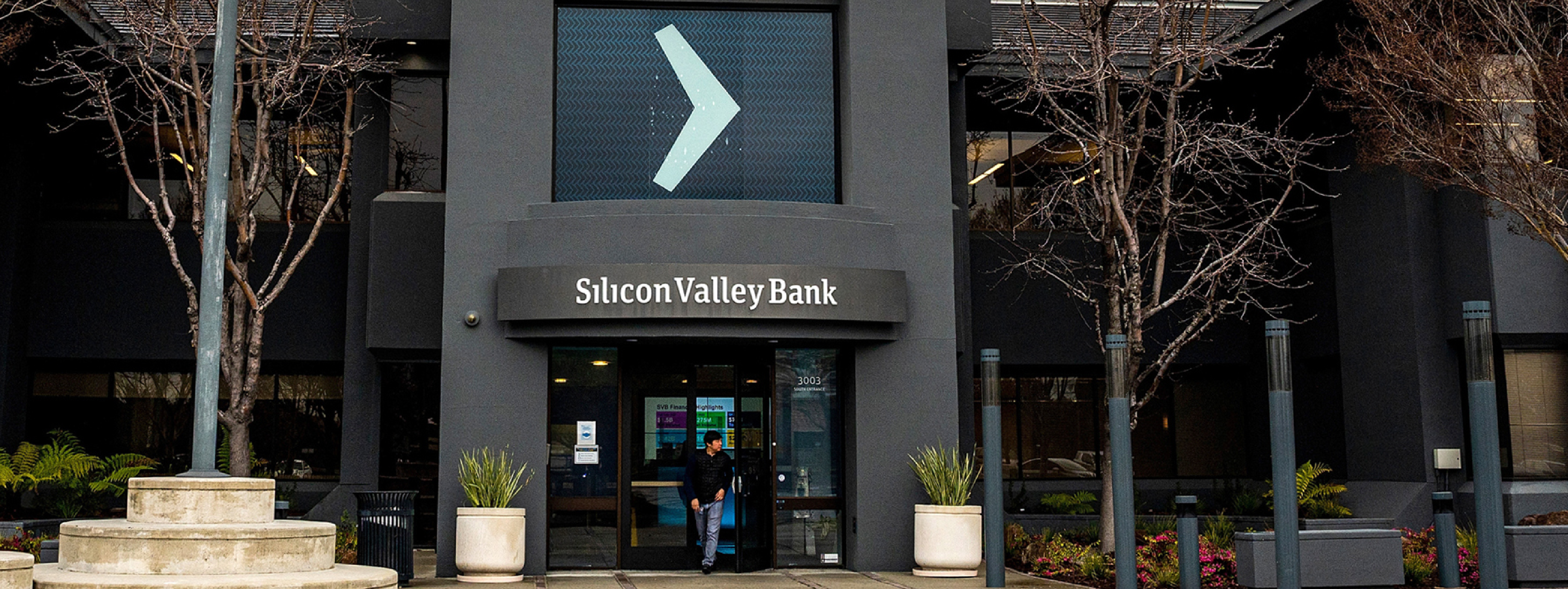The Failure of a Legend: Silicon Valley Bank

With the demise of Silicon Valley Bank, the 16th largest bank in the country and probably the number one tech bank in the world, I started to wonder, not about the bank and how it could fail in just 24 hours, but about the customers that banked there.
By some accounts, Silicon Valley Bank funded over 50% of tech start ups in the country and had relationships with over 80% of the Venture Capitalists. A group, as Gordon Gekko would say, "the greediest of the greedy". They are also "the riskiest of the risk takers" and I don’t put them down for either of those. They take big risks for big rewards, and that’s what this story is all about.
What doomed Silicon Valley bank were two things, an old fashion 1929 run on the bank, deposits leaving faster than there was liquidity to fund them and a banking system that allows banks to not have to write down the value of certain assets until they are sold. This part is very important to the story.
While most businesses must value assets on their books at market value, called Mark to Market, banks don’t necessarily have to do that. This is what tripped up SVB. When they needed to sell treasuries in a raising interest rate environment for liquidity, those treasuries were worth considerably less than what SVB had on its books. Some 15% less. If they had a couple of billion dollars worth of treasuries that wasn’t going to be a problem; when it’s a hundred billion, that’s a crisis.

That’s only half the story and not the most interesting, though admittedly the most tragic. It’s the customer base of SVB that is the most interesting. SVB’s dependence on VC’s and their start ups is really what did SVB in. It was a perfect storm years in the making. Most of the start ups that banked at SVB didn’t make money. To survive day to day, they depended on cash that had been deposited in SVB by their venture capital investors. Some of these companies burn through a million dollars or more a month trying to create the next new product or service looking for a market.
It was that burn rate that accelerated SVB deposit withdrawals to the point that SVB had to liquidate assets. That’s when Mark to Market, or should I say lack of, exposed a big hole in SVB’s balance sheet. A close to two billion dollar loss on the sale of treasuries caused the VC community to panic and demand their money, which created a run that SVB could not control. Selling more treasuries only exposed a bigger and larger hole to its financial condition feeding that withdrawal monster.
Back to the start ups. Some are saying the failure of SVB is the 2008 financial crisis all over again. Not exactly. It is more like the 2000 dot com bomb. When VC’s threw money at any dot com idea only to find not every idea has a market. God bless the VC’s for taking the risk to create the next Apple, Facebook or Amazon. But come on guys, billions into We Work and Crypto Darling FTX with zero controls? What are you thinking?
This exposes another weakness in the SVB model. They were so dependent on attracting those billions in deposits, never considering how hot they were. These deposits were never put there for safe storage as much as an ATM for a quick burn. They were going to go out almost as fast as they went in. As start ups burned through capital, VC’s would shovel more into the bank until they either had a Roku bringing in IPO money or cutting bait looking for the next idea.
Inflation and rising interest rates finally caught up with the market. No IPO money was on the horizon, and VC money started to dry up. Startups and their Ideas that would never find a market burned through capital faster than Sherman through Atlanta. There was more than one broken model here. As Warren Buffett famously said, “When the tide goes out, you see who is swimming naked."
If you are swimming with the tide and need help to grow your business, take a minute and give AeroFund Financial a call.
- Steve Troy
CEO AeroFund Holdings Inc.
